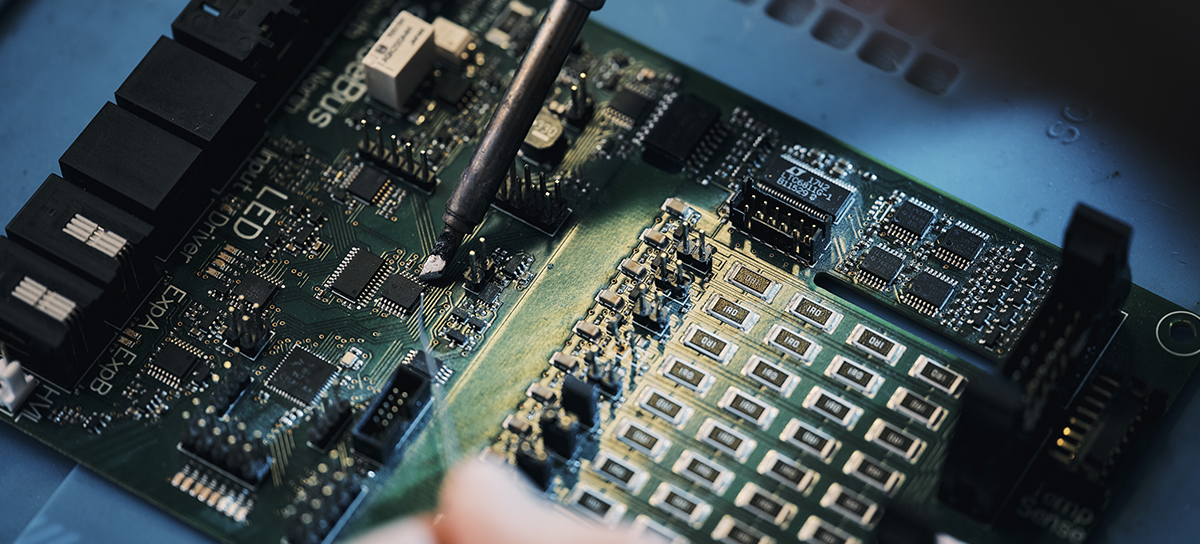After having observed the in-bike charging pattern of my dual 500WH battery bike I decided to do some measurements to quantify the process.
Some of you may be interested in the result.
It seems that up to about 85% charge each battery is alternately charged in large steps. Above 85% both batteries are either charged together or in small alternating steps.
The power supply (230V AC) current to the charger was about 1.6A until the batteries reached 100% charge. After the fully charged point the current to the charger decreased, reaching near to zero after about 45 minutes. Presumably the post fully charged phase was to do with battery cell equalisation.
The recorded pattern is illustrated here:

(ideally I should have started recording the charging process earlier)
Some of you may be interested in the result.
It seems that up to about 85% charge each battery is alternately charged in large steps. Above 85% both batteries are either charged together or in small alternating steps.
The power supply (230V AC) current to the charger was about 1.6A until the batteries reached 100% charge. After the fully charged point the current to the charger decreased, reaching near to zero after about 45 minutes. Presumably the post fully charged phase was to do with battery cell equalisation.
The recorded pattern is illustrated here:
(ideally I should have started recording the charging process earlier)

